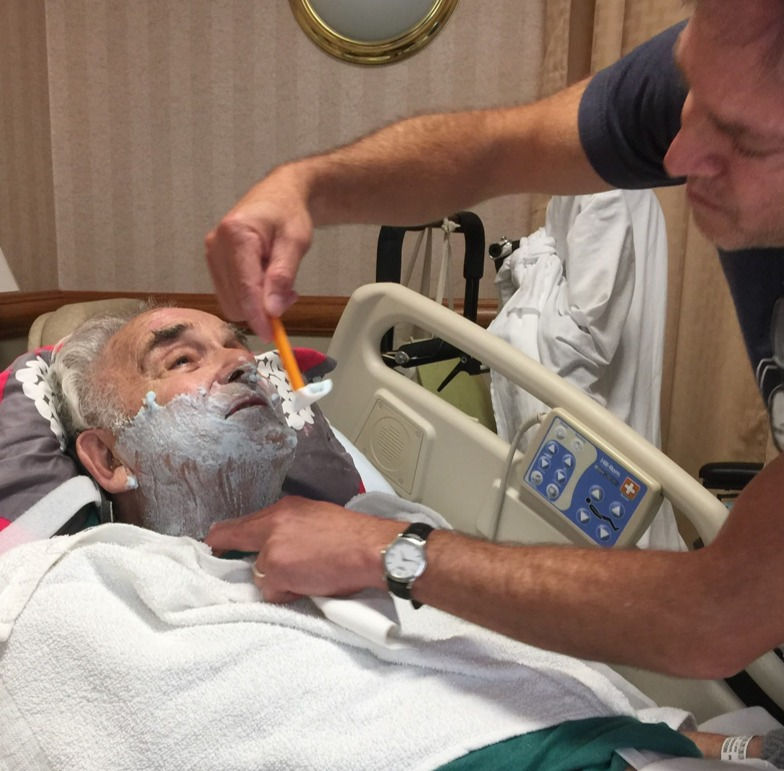My 85 year old dad, who was in fine physical condition, suffered a catastrophic fall at home. He simply tripped late one night on his way from the bed to the bathroom and never fully regained his independence.

It was heartbreaking to witness and I wonder how his life would have been different had he conducted a simply home safety assessment and made some simple changes to his living environment.
According to the AARP nearly 90% of older adults (65 years +) want to age-in-place and maintain independence. Yet, incredibly, 85% of older adults have done absolutely NOTHING to prepare their homes for aging. And the risks are enormous, particularly when it comes to falling.
Some sobering stats:
1 in 3 adults over age 65 falls each year and 50% of those over 80
Falls are the leading cause of death due to injury for those over 65
55% of falls occur inside the home
Of those who survive a fall 50% never regain their independence
Falls account for 25% of ALL hospital admissions
Falls account for 40% of nursing home admissions
Given these facts, it's important to take preventative action. (And to do so before you're 85!) But where to start? The first step: Conduct a Home Safety Assessment. Two options:
Hire a professional – a licensed occupational therapist and/or someone who’s been trained and accredited in conducting Home Safety Assessments. A home assessment typically lasts anywhere from 60-120 minutes, includes a walk-through of your home (either in-person or virtually), and results in some sort of written report or plan. Ayaplaces offers this service. Learn more.
Do it yourself. For those that feel up to it, there are a number of easy-to-follow, room-by-room checklists that are available online through reputable organizations. While a trained professional is always preferred, these checklists can provide home owners with plenty of guidance for jumpstarting the safety improvement process. Feel free to download any one of the following we’ve collected over the past months:
• From the CDC & Met Life Foundation: Home Fall Prevention Checklist
• From Stanford University Medical Center: Home Safety Checklist
• From Rebuilding Together: Safe at Home Checklist
• From the AARP
Please note that these home safety checklists are only starting points – simple tools for helping to evaluate and inform. The assessment and recommended action items will vary depending upon the age, the mobility, the cognition, the medications, and the overall health of individual home owners.
In fact, it's important to note that the greater the physical and cognitive limitations of individual home owners, the more critical it is to seek outside guidance from licensed occupational therapists and home safety professionals. (A more comprehensive fall risk assessment may be warranted that not only includes a review of the home environment but a review of the homeowners ability to perform routine activities within that environment.) Which ever assessment tool or checklist you use, whether you do it yourself or hire a professional, the important thing is to get started today. After all, simple home modifications – whether they're easy-to-make environmental improvements (reducing clutter, eliminating electrical cords across floors, etc.) or more lasting modifications of the home itself (e.g., handrails, grab bars, ramps, etc.) – really make a difference.
As someone once said: Just Do It! : )

Comments